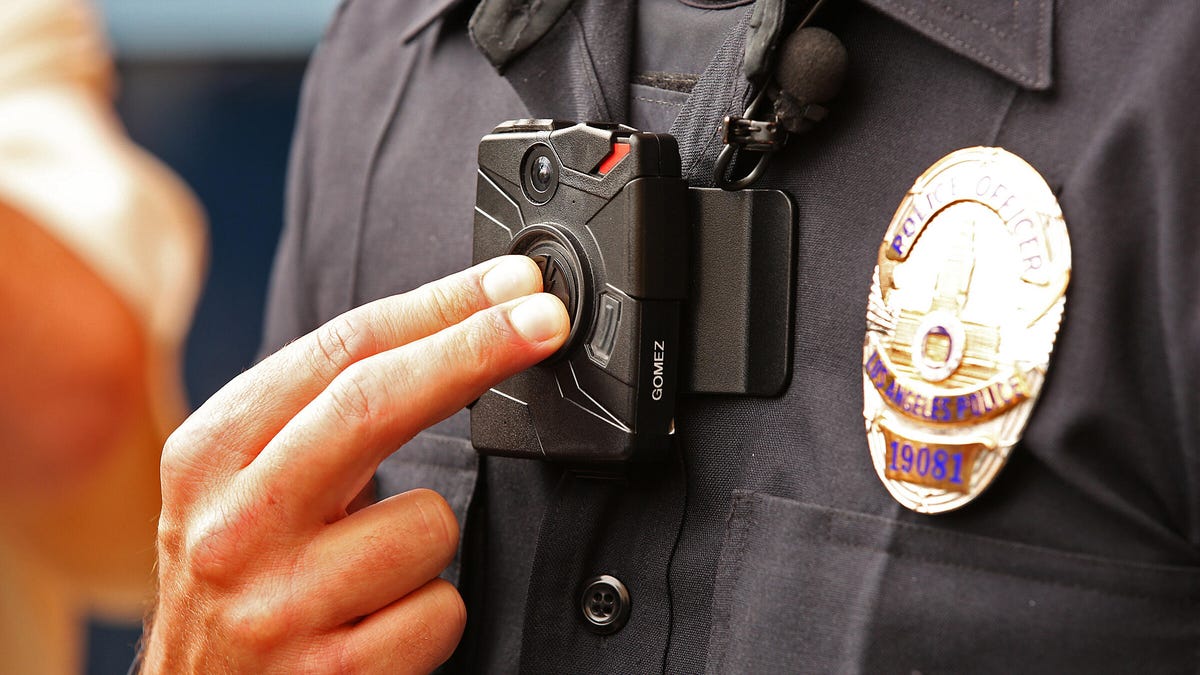How police bodycams work and how they fall short
Auto-recording and livestreaming features may help, but experts say the problems with body-worn cameras go beyond the tech.

A national spotlight shines once again on police body cameras.
Today's top-of-the-line bodycams don't require a law enforcement officer to press record. Video can be automatically captured when a siren is activated -- or when a weapon is drawn. And footage can be livestreamed back to commanders in real time, aiding with accountability and with assistance in the field.
That level of tech isn't widely adopted yet by police nationally, though departments are taking a closer look in light of ongoing protests calling for police reform. Political leaders are under pressure to address police brutality and racial bias in law enforcement, and more governments are turning to body cameras as a solution.
But this isn't the first time we've heard this call for more cameras. The push began in 2014, when a police officer killed Michael Brown in Ferguson, Missouri. A killing that wasn't captured on camera.
Six years later, it's estimated that half the nation's law enforcement officers wear cameras. And a spotlight shines again on the tech, as the world has watched video of the police killing of George Floyd in May -- captured on cellphones by bystanders. There's police body-camera evidence that select reporters have seen in July. But the Minneapolis Police Department hasn't released video to the public, saying it's part of an active investigation.
So are these cameras making a difference? In my latest video report, embedded above, I break down the basics of how police body-worn cameras work. And I talk to experts to better understand their impact. There have been concerns over privacy, but can cameras help heal community relationships with law enforcement?
I learned that cameras alone haven't been the cure-all many hoped for. But the tech itself isn't an issue. The real problems lie elsewhere, including getting officers to use them. Add to that the costs as well as access to footage. The good news: There's progress being made to solve the more complicated problems, too.

